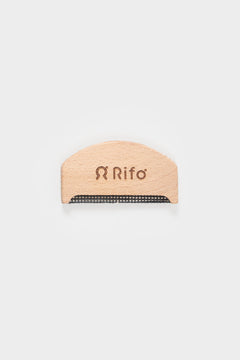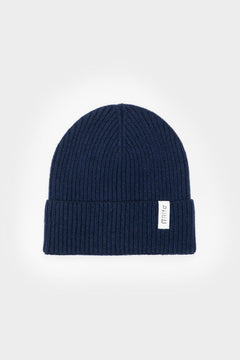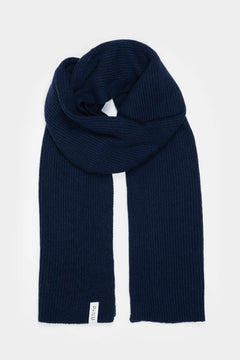The Thayaht suit was born in 1919 from a Florentine, Ernesto Michahelles, who called it "the most innovative, futuristic piece of clothes ever produced in the history of Italian fashion".
And it really was.
With its T shape, the Thayaht suit was a very simple piece of clothing, made from a single rectangle of cotton fabric from which all the components of the garment were obtained, seven buttons and a belt. The idea was to optimize, today we would call it zero waste, in other words to avoid absolutely the waste of fabric.
The Thayat suit was inspired and designed for the world of work, in contrast with the jackets and ties typical of the bourgeois clothing. It wanted to represent a solution for the economic difficulties that Europe was facing in that period. In fact, although it was a workwear garment, the suit was unisex, had a double use and could also be used in a more elegant way, perhaps in the evening, through the use of a belt.
These two souls of the garment really represented something visionary: the Thayat suit with its clean and simple lines, in fact, was born in the 1920s, where the watchword was elegance and tradition.
Maybe that's why the Thayaht suit was a success, a myth that still lives on in today's fashion.
Who was Ernesto Michahelles, called Thayaht
Ernesto Michahelles was an Italian artist: sculptor, painter, draftsman, stylist, architect, goldsmith... his whole life has always around art and creativity.
Eclectic and innovative, in the first twenty years of 1900 he took part in the Futurist movement. He loved experimentation but also simple and geometric lines, which he transformed into pure elegance.
And it is precisely from this idea of geometry and the search for perfection that Thayaht designed and created his first suit. His idea was to create a garment suitable for any occasion, consisting of a single piece of fabric with a geometric structural base: the shape of the T, like Thayaht.
Ernesto Thayat was born in Florence, but moved to Paris in 1918, where he began collaborating with the famous designer Madame de Vionnet, an absolute point of reference for the Parisian fashion of the period, for which Thayat created the logo of his fashion house and worked as a consultant for the atelier.

Here he played an important role as a draftsman, carrying on paper the elegant clothes designed by Mme de Vionnet, made of draperies made through the bias cut of the fabric, which gave a unique movement to hes creations.
The birth of the Thayaht suit
The concept behind the Thayaht suit was functionality. An economic, anti-bourgeois garment, a perfect fusion between innovation and simplicity, born as an answer to the white-collar workers, the superfluous ties and accessories of the bourgeoisie.
On June 17, 1920 a newspaper article of the new suit came out on La Nazione, the historic Florentine newspaper. There everybody could find the pattern and instructions for making it.
It was presented as one
One piece overcoat with pants and sleeves, made of sturdy cotton or special fibers, worn by workers, sportsmen or people who carry out particular activities.

Through the paper pattern, an element that Thayat mastered to perfection, the suit reached the homes of Florentines who could thus pack it at home by themselves. In the post-war period, it soon became a real success that expanded in France, Germany and England to then reach the New Continent.
The project was very simple: a blue cotton fabric of 4.50 x 0.70 meters, a T-structure in which to put your feet, put your arms in the big sleeves and close the seven buttons on the front. The belt then completes the garment to have a more elegant feel, highlighting the silhouette of the body.
The result was a garment suitable for every occasion and every season, unisex and perfect for both adults and children.
Over time, it was redesigned, with the zip instead of the buttons, to facilitate the closing and opening of the suit, and the differen cuts between the male and female suit.
The birth of the women's tracksuit, anticipated the jumpsuite suits, which from the French fashion of the 1920s are still in fashion today.
Conclusions
An idea, a need, the desire to stand out: this was the secret recipe that allowed Ernesto Michahelles to create the Thayaht suit, a masterpiece that marked all the fashion of the twentieth century to then reach us.
A truly compelling story, which was born right on the border with Prato, a city with a historic tradition of cenciaioli and the textile industry.
The Thayaht suit manages to establish itself initially for its practicality and its low cost, soon becoming the symbol of the anti-bourgeois movement of the early twentieth century.
Did you already know the Thayaht suit and its history? Let us know in the comments below!








